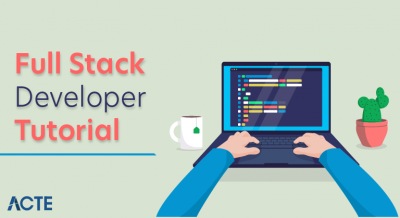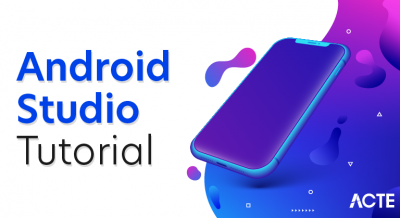
- Introduction to Functions and Closures
- Functional Swift: All about Closures
- Definition of Closure
- Functionals and Closures
- Features – Closures and Functions
- Various types of Swift function
- Practical Closure
- Emulating private techniques with Closure
- Closure Scope Chain
- Conclusion
- Inherent capacity (Already made for example predefined)
- Client characterized Function (Created by clients as indicated by the prerequisites)
- Contentions for a capacity should constantly be in a similar request as the boundary list for the capacity and the qualities for return should continuously be trailed by →
- Look at the code underneath. The name of the program is announced as an information string in the ‘program’ work, and assuming that the capacity is called, the name of the understudy will be returned.
- func program(name:String)- >String{
- bring name back
- }
- print(program(name:”Hello”))
- print(program(name:”World”))
- A Closure is a capacity that is inside a capacity that can get to the things of the external capacity.
- It’s utilized to stow away things from an external perspective while allowing the inward capacity to get to the things in the external capacity.
- In JavaScript, Closure are made each time a capacity is made at Function creation time.
- In the code above, we have the foo Function which has the variable x characterized inside. It additionally returns a capacity that profits x characterized inside foo itself.
- This is the thing Closure are great for. They let us access things from an external perspective from inside the internal capacity.
- In the model above, incrementBySeven and incrementByTen are constants, however the terminations these constants allude to are as yet ready to augment the running absolute factors that they have caught. This is on the grounds that capacities and terminations are reference types.
- At the point when you allocate a capacity or a conclusion to a consistent or a variable, you are really setting that steady or variable to be a reference to the capacity or conclusion. In the model over, it’s the decision of conclusion that incrementByTen alludes to that is consistent, and not simply the substance of the conclusion.
- This likewise intends that assuming you allocate a conclusion to two distinct constants or factors, both of those constants or factors allude to a similar conclusion.
- // return a Closure from a capacity
- var addClosure:(Int,Int)- >Int = { $0 + $1 }
- func returnClosure() – > (Int,Int)- >Int {
- return addClosure
- returnClosure()(10,20)//brings 30 back
- var returnedClosure = returnClosure()//returns a Closure of type (Int,Int)- >Int
- returnedClosure(20,10)//brings 30 back
- Closure is helpful because they let you partner information (the lexical climate) with a capacity that works on that information. This has clear equals to protest situated programming, where articles permit you to relate information (the item’s properties) with at least one technique.
- Therefore, you can utilize a Closure anyplace that you may ordinarily utilize an article with just a solitary technique.
- Circumstances, where you should do this, are especially normal on the web. A significant part of the code written in front-end JavaScript is occasion-based. You characterize some conduct and afterward join it to an occasion that is set off by the client (like a tick or a keypress). The code is appended as a callback (a solitary capacity that is executed in light of the occasion).
- For example, assume we need to add buttons to a page to change the text size. One approach to doing this is to indicate the text dimension of the body component (in pixels), and afterward set the size of different components on the page (like headers) utilizing the general em unit:
- Such intelligent text size buttons can change the text dimension property of the body component, and the changes are gotten by different components on the page because of the relative units.
- Local Scope (Own extension)
- Outer Functions Scope
- Global Scope
- Clear advances
- Straightforward
- The benefit of Closure in javascript is that it permits you to tie a variable to an execution setting. var closed = {}; var f = function(){ closedIn. blah = ‘blah’;//closedIn was simply “shut-in” because I utilized in the capacity, however, it was characterized external the capacity.
- No standard code
- Quick and painless
- Factors utilized by Closure won’t be trash gathered.
- Memory depiction of the application will be expanded on the off chance that Closure are not utilized as expected
- Challenging to comprehend
- Closure let inward function access the extent of the external capacity. It helps typify information inside a capacity.
- Currying changes a capacity from various contentions over to numerous function that take one contention each.
- Function structure is summoning numerous tasks that can be consolidated to do one complex activity.
- Statelessness is the evasion of evolving state. This makes the arrangement simple.
Introduction to Functions and Closures:
Quick is an arranged programming language that is broadly useful, multi-worldview, and was created by Apple Inc. It is accessible for a long time stage like iOS, iPadOS, macOS, watchOS, tvOS, z/OS, and furthermore Linux. Quick is principally intended to work with Apple’s Cocoa and Cocoa Touch systems alongside a wide scope of existing Objective-C code composed for Apple items. Worked with the open-source LLVM compiler system, Swift has been incorporated in Xcode since adaptation 6 was delivered in 2014. On Apple stages, it utilizes the Objective-C runtime library, along these lines permitting C, Objective-C, C++, and Swift code to run inside one program. The capacity is a square of code that gives the reusability of code. There are two kinds of function –
Functional Swift: All about Closures:
As per apple docs: Closures are independent squares of usefulness that can be passed around and utilized in your code. I attempted to incorporate with regards to Closure here in this article. It’s a piece extended one. However, worth understanding it. I ensure!!!
Function:
You characterize a capacity with the func catchphrase. Function can take numerous boundaries and return none, one or various boundaries (utilizing tuples, we can return different qualities all at once).
Function types:
We should consider a basic capacity that takes an int and returns an int.
func doSometingWithInt(someone:Int) – > Int {return someone * 2}
Each capacity has its capacity type, comprised of the boundary types and the return sort of the actual capacity. The capacity kind of the above capacity will be:
(int) – > (int)
On the off chance that the capacity takes two boundaries, and return one boundary, the sort will be:
(int, int) – > (int)
This capacity type can be utilized as a return type from settled function or as boundaries.
Definition of Closure:
Understanding Closure punctuation is quite simple. You currently know what a capacity type is. Just put the capacity type inside a couple of wavy supports and add an in-watchword after the bring type back. The catchphrase is trailed by the assertions. It turned into a Closure articulation.
{ (params) – > returnType instatements}
Closure articulations are anonymous Closure written in lightweight punctuation that can catch values from their encompassing setting. Closure articulation language structure is given in the code block above. Closure articulations give a few sentence structure enhancements to composing Closure in an abbreviated structure without loss of lucidity or plan.
The boundaries in Closure articulation language structure can be in-out boundaries, yet they can’t have default esteem. Variadic boundaries can be utilized assuming you name the variadic boundary. Tuples can likewise be utilized as boundary types and bring types back.
How about we make a capacity that acknowledges two int values and returns the aggregate as.
int.
func addTwoNumbers(number1:Int, number2:Int) – > Int {return number1 + number2}addTwoNumbers(number1: 8, number2: 2)//result is 10
Presently how about we make a Closure for a similar activity:
let conclusion:
(Int, Int) – > Int = { (number1, number2) inreturn number1 + number2}closure(8,2)//the outcome is 10
The capacity and Closure look more or like comparable in the number of lines of code, lucidness, and so forth Let’s attempt to Function on the Closure much less complex.
Closure Expressions
Settled capacities, as presented in Nested Functions, are a helpful method for naming and characterizing independent squares of code as a component of a bigger capacity. In any case, it’s occasionally helpful to compose more limited adaptations of capacity like builds without a full revelation and name. This is especially evident when you work with capacities or techniques that accept capacities as at least one of their contentions.
Closure articulations are a method for composing inline terminations in a concise, centered sentence structure. Closure articulations give a few punctuation advancements to composing terminations in an abbreviated structure without loss of clearness or purpose. The Closure articulation models underneath show these improvements by refining a solitary illustration of the sorted(by:) technique north of a few cycles, every one of which communicates a similar usefulness in a more compact manner.
The Sorted Method
Quick’s standard library gives a technique called sorted(by:), which sorts a variety of upsides of a known kind, in view of the result of an arranging Closure that you give. When it finishes the arranging system, the sorted(by:) strategy returns another variety of a similar kind and size as the former one, with its components in the right arranged request. The first exhibit isn’t altered by the sorted(by:) strategy.
Inducing Type From Context
Since the arranging Closure is passed as a contention to a technique, Swift can deduce the kinds of its boundaries and the sort of the worth it returns. The sorted(by:) technique is being approached a variety of strings, so its contention should be an element of type (String, String) – > Bool. This implies that the (String, String) and Bool types don’t should be composed as a feature of the Closure articulation’s definition. Since each of the sorts can be induced, the return bolt (- >) and the enclosures around the names of the boundaries can likewise be discarded:
Shorthand Argument Names
Quick consequently gives shorthand contention names to inline terminations, which can be utilized to allude to the upsides of the Closure’s contentions by the names $0, $1, $2, etc.
In the event that you utilize these shorthand contention names inside your Closure articulation, you can overlook the Closure’s contention list from its definition. The sort of the shorthand contention names is surmised from the normal capacity type, and the most elevated numbered shorthand contention you use decides the quantity of contentions that the Closure takes. The in watchword can likewise be precluded, in light of the fact that the Closure articulation is made up altogether of its body:
Administrator Methods
there’s really a significantly more limited method for composing the Closure articulation above. Quick’s String type characterizes its string-explicit execution of the more noteworthy than administrator (>) as a strategy that has two boundaries of type String, and returns a worth of type Bool. This precisely matches the strategy type required by the sorted(by:) technique. Subsequently, you can basically pass in the more noteworthy than administrator, and Swift will induce that you need to utilize its string-explicit execution:
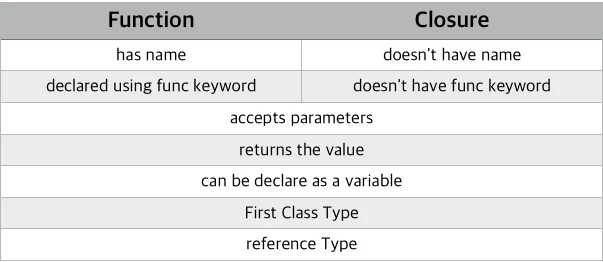
Functionals and Closures:
A capacity is an assortment of articulations to complete a specific task together. A Swift capacity might be just about as simple as a clear C capacity and as complicated as an Objective C capacity. This empowers us to inside Function calls to move nearby and worldwide boundary values. Function affirmation: illuminates the compiler about the name, kind of the capacity, and boundaries of the capacity.
Function Definition: The genuine capacity body is given.
The “func” catchphrase is utilized to characterize Function in Swift. If a capacity is re-imagined, at least one quality can be added to the capacity by input boundaries, and it processes the function inside the body, moving the qualities back to the function as return kinds of output. Each Function has a name for the capacity portraying the occupation performed by this capacity. To utilize a capacity, you “call” it by name and pass input values (alleged contentions) that match the boundary sorts of the capacity. Likewise called’ tuples ‘ Function boundaries.
In the above model, capacity acknowledges a boundary of string type and return type is a string. The capacity is conjured by calling capacity name (here “program”) with boundary (“name”) and passing worth to the parameter. Swift offers adaptable boundaries and gets back from easy to complex qualities. In Swift, a function might take a few structures, like that of C and Objective C. How about we cover that exhaustively.
Features – Closures and Functions:
JavaScript is a simple to get the hang of programming language. It additionally utilizes bunches of practical programming highlights that make our lives simpler. In this article, we’ll check out some practical programming highlights that are connected with function.
Closure:
Catching Values
1. A conclusion can catch constants and factors from the encompassing setting in which it’s characterized. The conclusion can then allude to and change the upsides of those constants and factors from inside its body, regardless of whether the first extension that characterized the constants and factors never again exist.
2. In Swift, the most straightforward type of a conclusion that can catch values is a settled capacity, composed inside the body of another capacity. A settled capacity can catch any of its external capacity’s contentions and can likewise catch any constants and factors characterized inside the external capacity.
3. Here is an illustration of a capacity called makeIncrementer, which contains a settled capacity called incrementer. The settled incrementer() work catches two qualities, running aggregate and sum, from its encompassing setting. Subsequent to catching these qualities, incrementer is returned by makeIncrementer as a conclusion that augmentations showing complete to the sum each time it’s called.
Terminations Are Reference Types
Getting away from Closures
A conclusion is said to get away from a capacity when the conclusion is passed as a contention to the capacity yet is called after the capacity returns. At the point when you pronounce a capacity that accepts a conclusion as one of its boundaries, you can compose @escaping before the boundary’s sort to show that the conclusion is permitted to escape.
One way that conclusion can escape is by being put away in a variable that is characterized external the capacity. For instance, many capacities that start an offbeat activity accept a conclusion contention as a finish overseer. The capacity returns after it begins the activity, however the conclusion isn’t called until the activity is finished the conclusion needs to get away, to be called later. For instance:
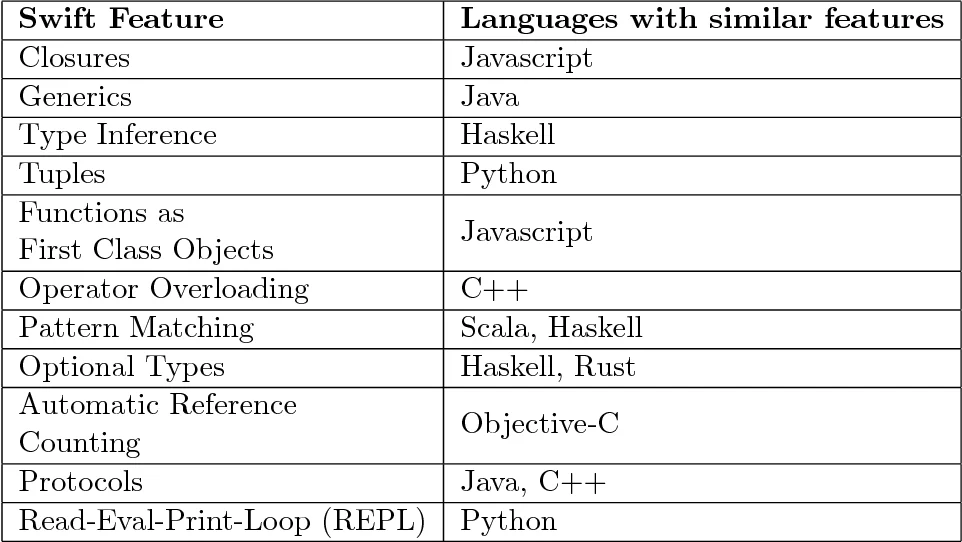
Various types of Swift function:
Function with boundary:
A capacity is proclaimed by moving its boundary values to the capacity body. We can pass single qualities as tuples in the capacity to numerous parameters. In the underneath model, we have passed two boundaries of int type to Function which adds those boundaries and returns one more whole number worth as bring type back.
Closure and function are five-class types in swift:
Function and Closure are five- class residents in Swift since you can deal with them like a typical worth. For instance, you can … allocate a capacity/Closure to a nearby factor.
pass a capacity/Closure as a contention.
return a capacity/Closure.
Methods of completion callback using closures:
Here is my Article on Methods with finish callback utilizing terminations. To understand this. The accompanying code has a capacity that has three boundaries. One is a word reference, other two are Closure which will go about as callback function after the cycle is finished. The @escaping catchphrase before the Closure in the capacity definition will be clarified in the accompanying segments.
Returning a Closure from a function:
We can return a Closure from a capacity. Actually take a look at the code beneath.
Practical Closure:
Emulating private techniques with Closure:
a) Dialects, for example, Java permit you to proclaim techniques as private, implying that they can be called simply by different strategies in a similar class.
a) JavaScript doesn’t give a local approach to doing this, yet it is feasible to imitate private techniques utilizing terminations. Private techniques aren’t only helpful for confining admittance to code. They likewise give a strong approach to dealing with your worldwide namespace.
a) The accompanying code shows how to utilize Closure to characterize public function that can get to private function and factors. Note that these Closure follow the Module Design Pattern.
Closure Scope Chain:
Each Closure has three degrees:
A typical slip-up isn’t understanding that for the situation where the external capacity is itself settled, admittance to the external capacity’s extension incorporates the encasing extent of the external capacity successfully making a chain of capacity scopes.
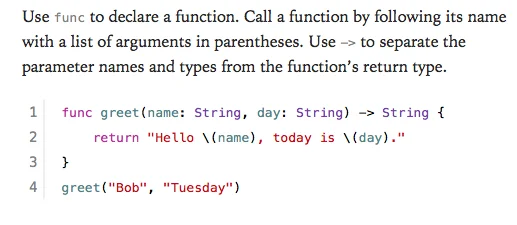
Function Advantage:
Closure Advantage:
Closure Disadvantage:



